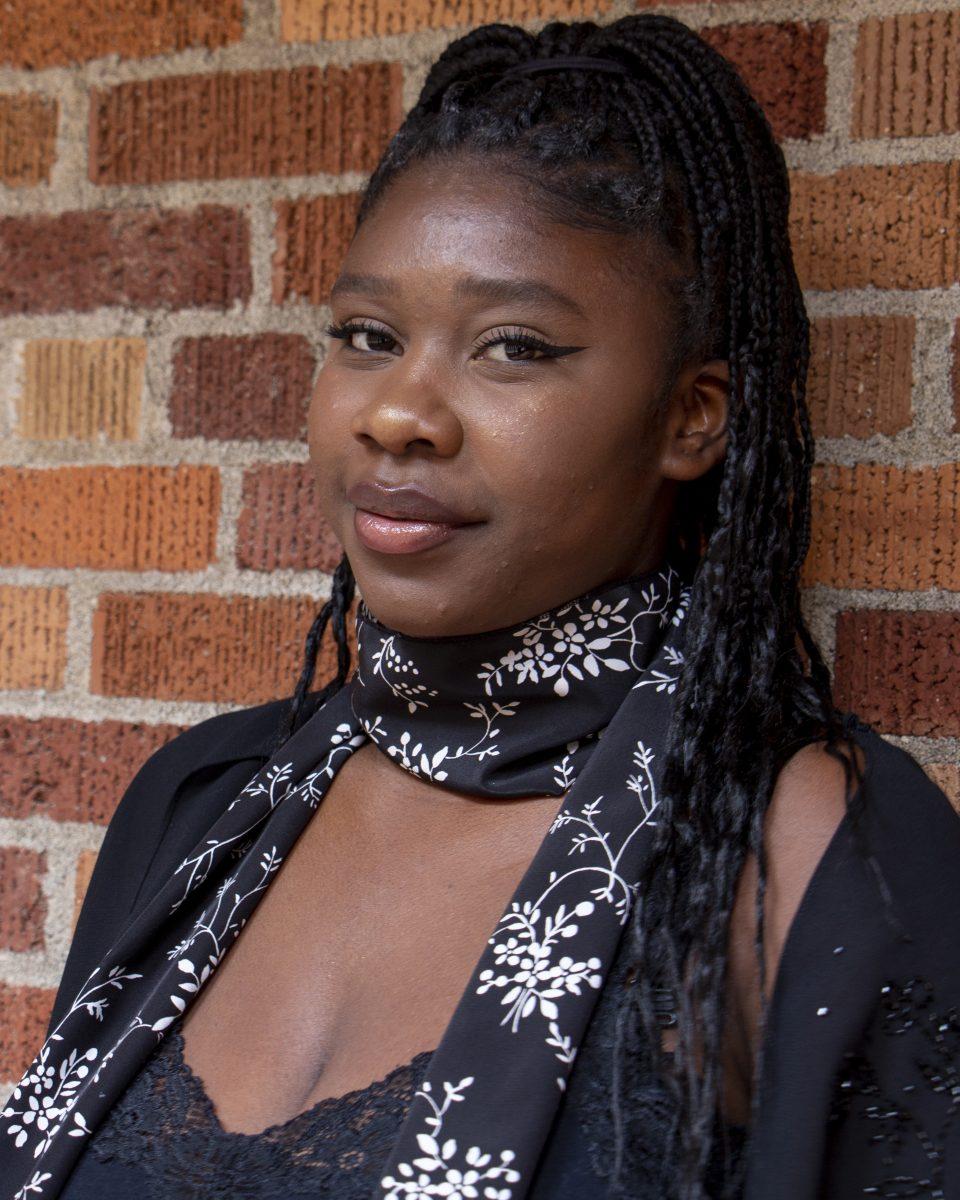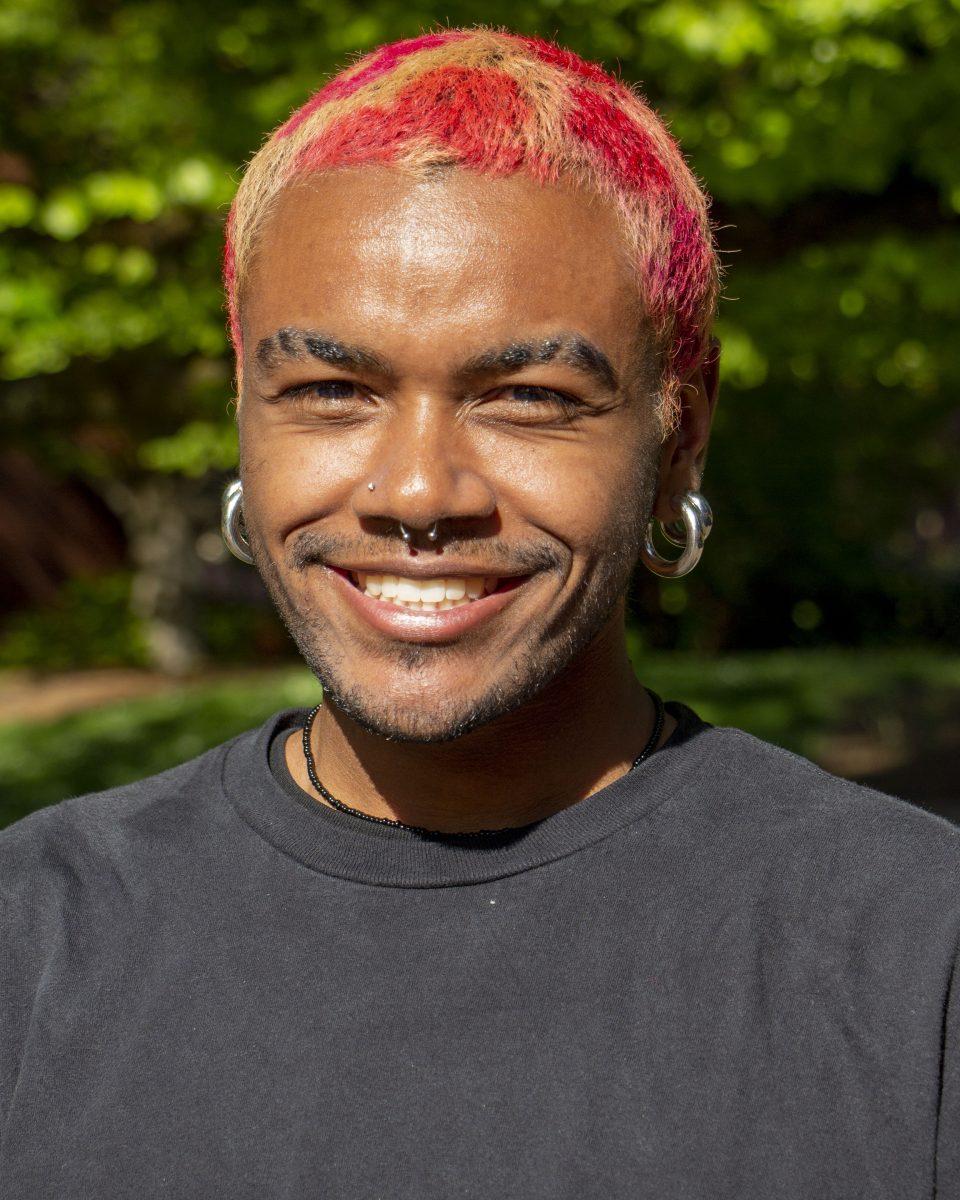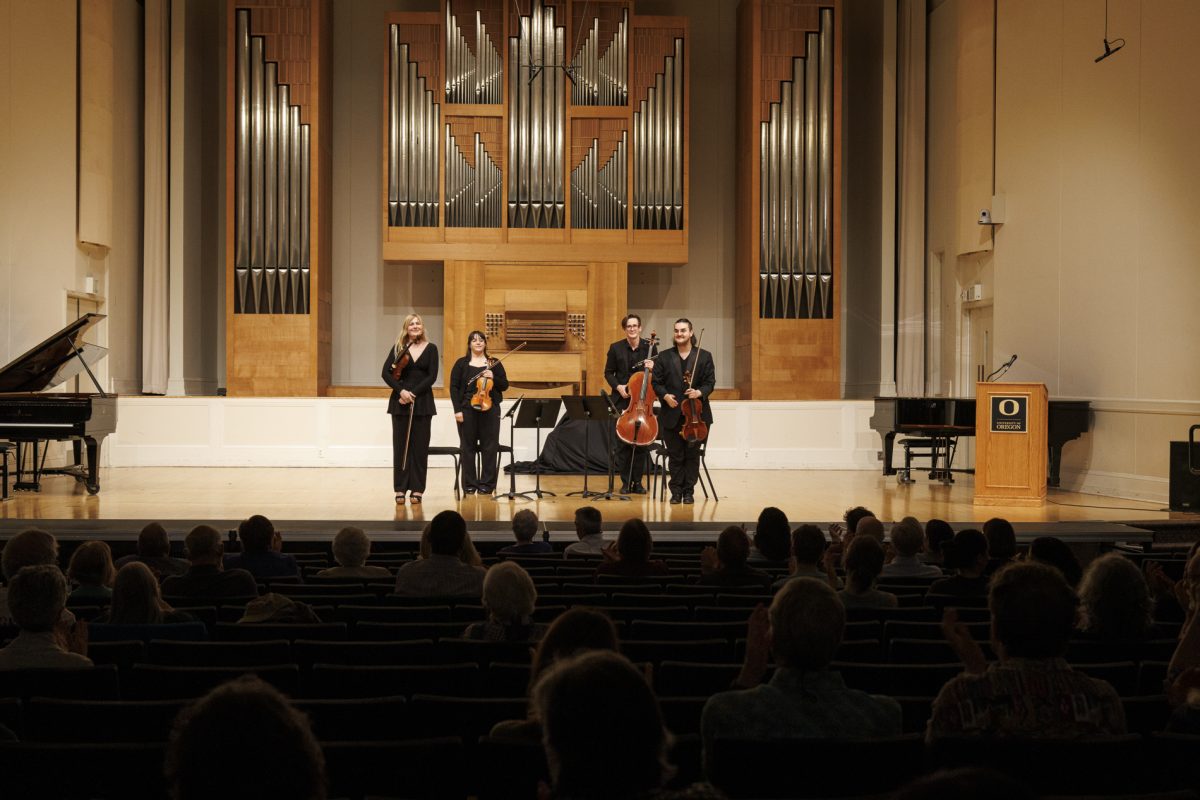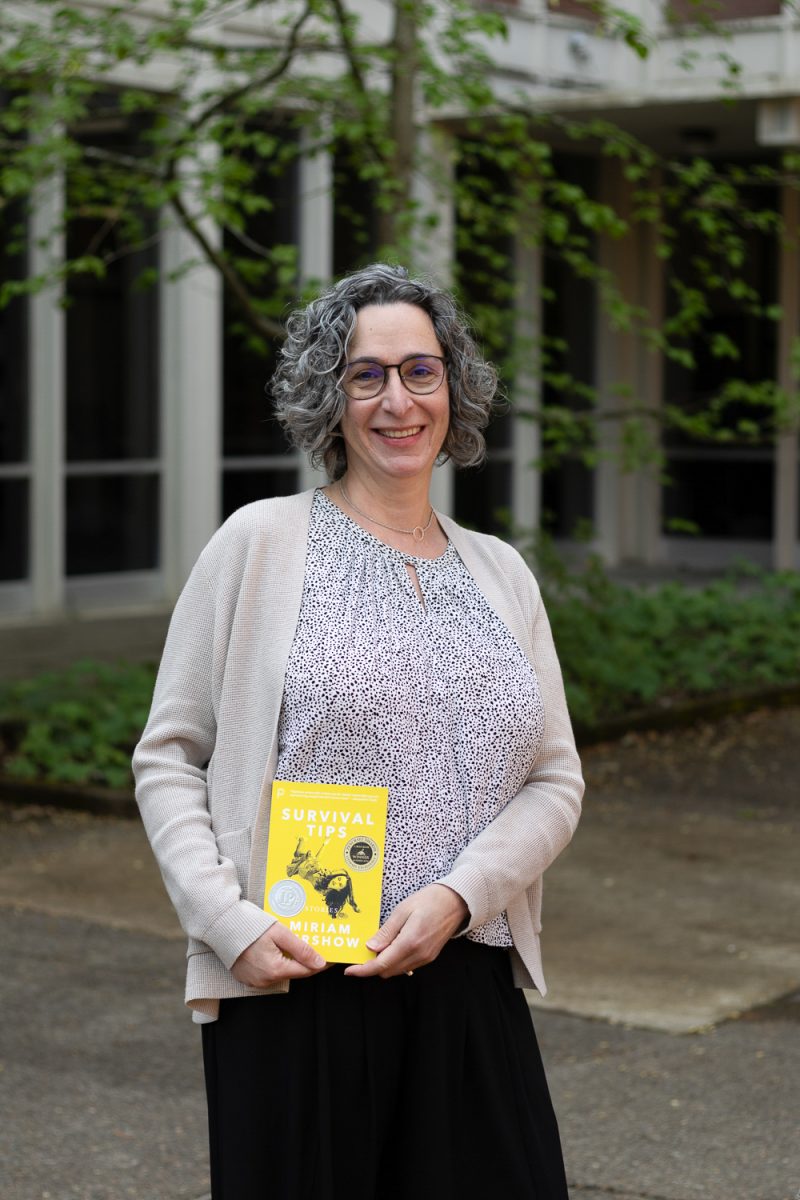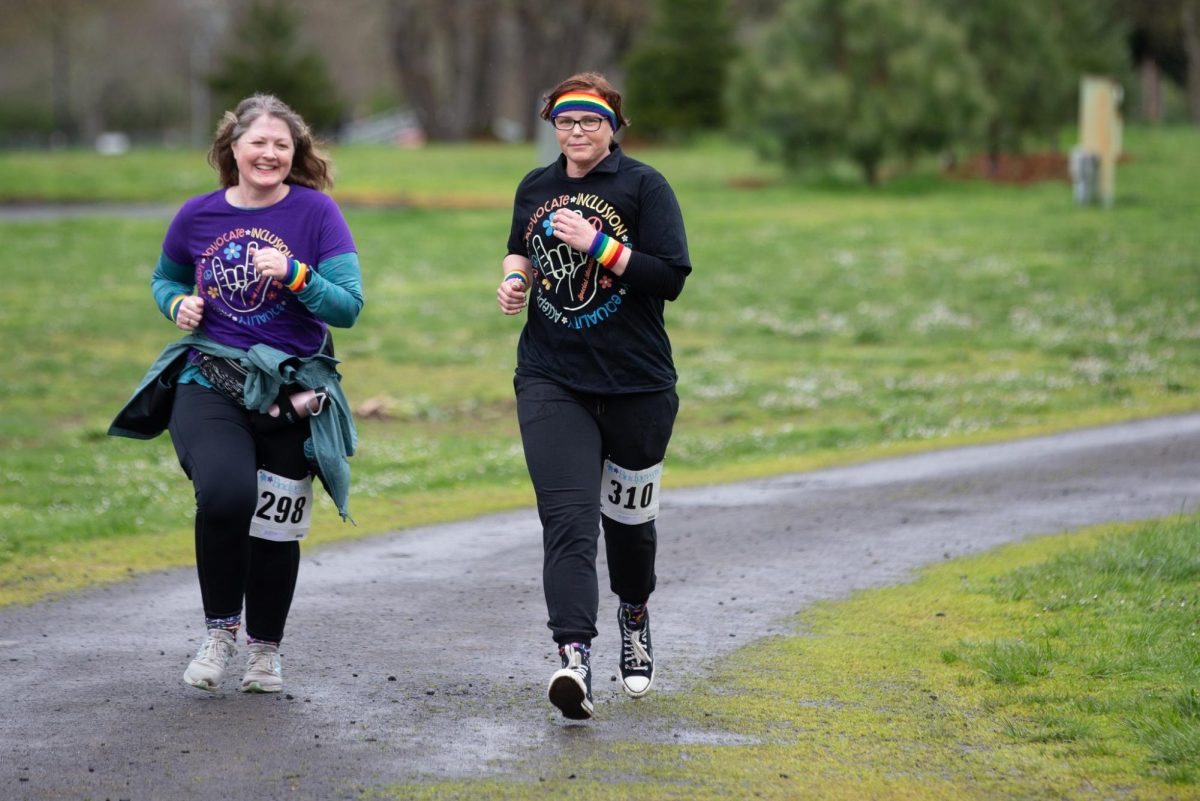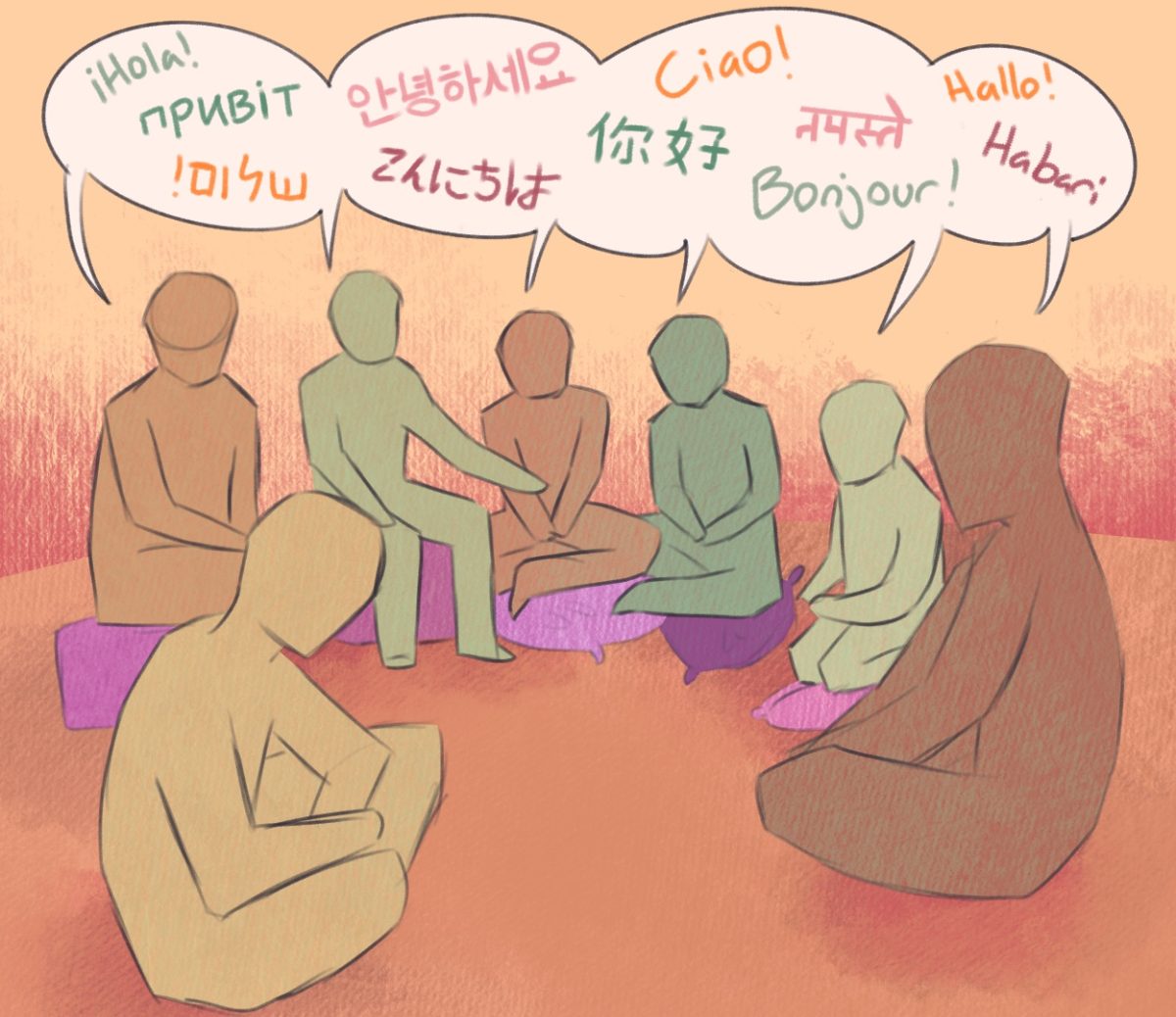Labyrinth, a creative magazine, is set to become UO’s latest student-run publication by the end of spring term. Labyrinth was created by its Editor-in-Chief and third-year UO journalism student Chrissy Booker as an alternative publication centering BIPOC student voices.
“I am in no way the first person to start a student group centered for BIPOC people, but I’ve never seen a magazine here that specifically uplifted our voices,” Booker said. “I wanted to create a space for BIPOC creatives to just showcase their talent unapologetically, without limitations and without being silenced.”
Labyrinth will focus on a variety of topics, including art, fashion, poetry and photography, from the perspective of the lived experiences of students of color, with the goal of being released once a term. A Feb. 9 promotional photo from the magazine’s Instagram page stated that the publication’s goal was to “capture the essence of our youth in a dispossessed world.”
Booker also said she hoped to destabilize what she perceived as the university’s lack of diversity.
“I feel like UO is a place that is not diverse, and it feels like they’re a little too comfortable with that,” Booker said. “I don’t think there’s inherently wrong with white writers, white stories, any of that, but I think there’s also a need for something different.”
Acquiring the funding to produce their first issue has been a challenge for the Labyrinth team thus far. As a relatively new project, Labyrinth hasn’t yet been established as an ASUO-recognized student organization. This would potentially allow it to seek financial support through ASUO, as some other student-run publications have done.
Instead, Labyrinth has been relying on grassroots promotions via social media and word of mouth. They have also received outside financial support, including an April 22 house show that doubled as a fundraiser, and an offer of support from the Student Insurgent, a student-run radical newsletter and collective.
“The Insurgent is kind of adjacent to our publication in some ways, in terms of our goals,” Booker said. “Ours is just a magazine that centers on fashion, culture, art, while theirs is more radical, getting to the news, the nitty-gritty. We want that too while also incorporating the artsy aspect of it, as in poetry, photography, photoshoots and so on.”
Following an initial application process, Labyrinth is now moving forward on creating content. As editor in chief, Booker is the main decision-maker when it comes to content-related issues and reads all of the content herself, along with the Labyrinth’s copy editors Josè Ortiz-Angeles and Tiffany Huynh. She said, in some ways, she appreciates the personal nature of working with a small staff, roughly 35 members in total, which allows her to give writers and creatives more freedom in the content they produce.
“I’ve been accepting all content just because it’s so small that I haven’t had to weed anyone out yet, but all of the work we’ve had is so good that I wouldn’t even need to,” Booker said. “I also know all the writers personally, so I trust them to make good content. That’s what’s great about working on a smaller publication.”
In spite of the positives, Booker hopes recognition from ASUO and from UO’s School of Journalism and Communication will help raise the awareness needed for Labyrinth to expand. She said she wants the magazine to become a place that BIPOC creatives gravitate toward.
“My hope is that there’s gonna be a longevity to what we’re doing, so Labyrinth can continue into the future,” Booker said. “I hope that incoming freshmen, incoming students of color, will see Labyrinth and feel like it’s something they can participate in without having their voice drowned out by the white majority. And I’m hopeful they’ll really like it too!”
The magazine estimated their first issue would be released on campus during week nine of spring term. Those interested can follow Labyrinth on Instagram at @labyrinthmagazine_ for more information.
Dj Wooley (junior). Creative director for Labyrinth Magazine. (PaigeRodriguez/Emerald)


